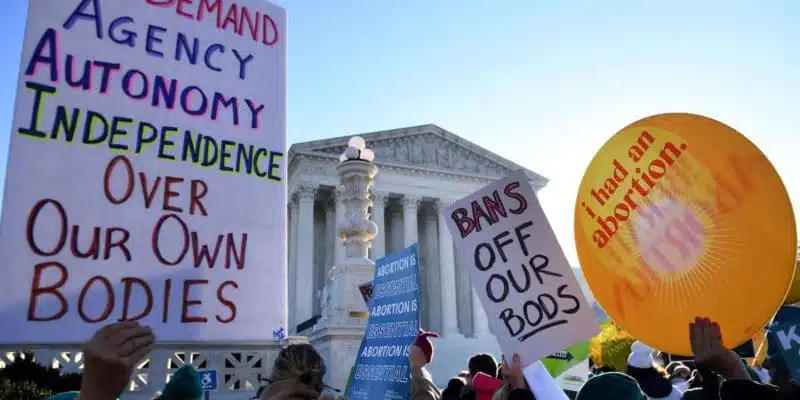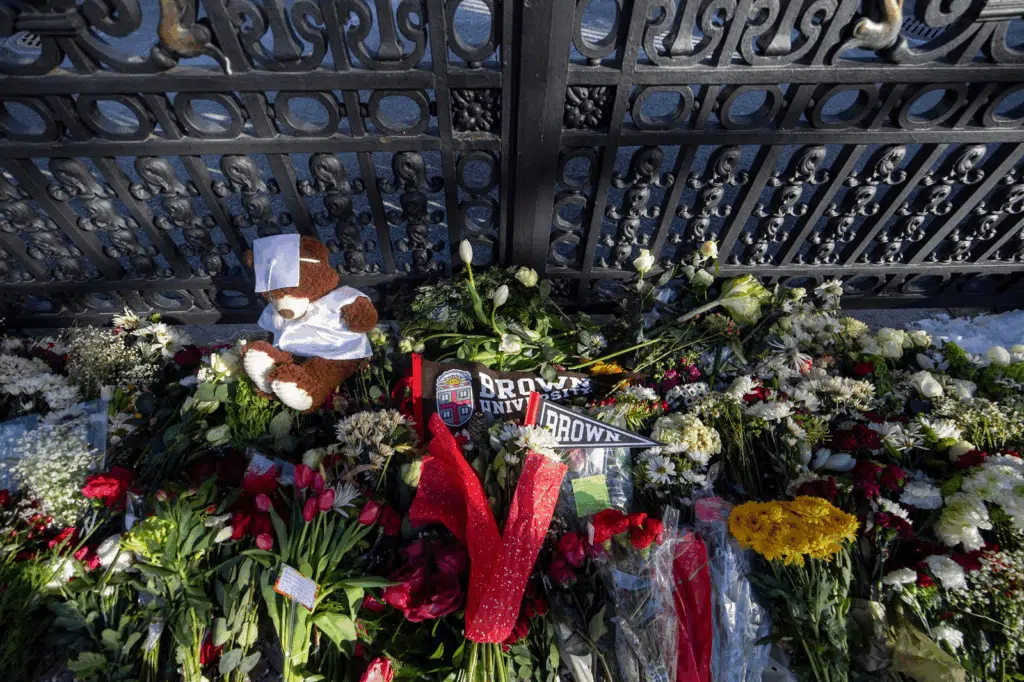
After-Abortion Suffering: The Mental Health Issue Hidden by Politics
Less than a year after the end of Roe v. Wade, America’s abortion battles are intensifying at all levels. Red state lawmakers are trying to restrict access, blue state lawmakers are trying to expand access, and the federal government is mulling a public health emergency.
Amid the rancor, it is time for a new path that bridges the partisan gap by putting people before politics and compassion over criticism. After-abortion healing elevates liberals’ support for more public and private mental health resources while also acknowledging conservatives’ concern that women (and men) can suffer after abortion.
One woman’s story, which came through Support After Abortion’s helpline, showcases the depth of the problem at a human level. She was stuck between two worlds, concealing her abortion from pro-life parents while also hiding her abortion-related mental health issues from pro-choice friends. She told our team that she was “hurting … depressed … [and] very alone.”
But this woman is not alone. Our recent studies show that feelings like hers are represented on a national scale. Designed to cut through politics with open-ended questions and a national randomized sample, one study found that many women find temporary relief after a medication abortion, which is the most common form of the process. However, one-third of women suffered adverse impacts like negative self-image and depression, while nearly two-thirds (63%) of women said they either sought after-abortion help or would have benefited from outside support.
These results are hard for many to accept because of the same abortion politics that conceal after-abortion suffering. Last year, Dr. Phil told Live Action’s Lila Rose that women who suffer have pre-existing mental health issues. This may be correct in many cases, but that does not invalidate their after-abortion grief and suffering. The woman mentioned above already had financial and relationship challenges, and she told my team that her overall personal issues worsened after the abortion.
Accepting the reality of after-abortion suffering is the first step toward a compassionate path of common ground. Next is creating research-based safe spaces for women and men to begin their healing journey, because the symptoms of after-abortion suffering are very broad. There is no one-size-fits-all approach. Millions of women regret their abortion, according to The Turnaway Study’s selected audience. Our randomized studies show that women often suffer depression and sadness, while men suffer emptiness and anger.
Regardless of the symptoms, just 18% of women and men knew how to access after-abortion healing. Sixty-three percent of women and 80% of men said they looked for or could have used after-abortion support, including 55% of women who identified as pro-choice. While most after-abortion healing is based in in-person group settings and uses religious approaches, almost all women and 40% of men say they prefer secular approaches, and nearly three-quarters of both groups prefer anonymity in seeking abortion healing.
These findings illustrate that our culture needs a new approach to healing. We can’t just tell women to “shout their abortion” and dismiss men from the conversation by telling them their opinions don’t matter. We can’t just say the solution lies in God, either. People in after-abortion pain need personalized options that meet them where they are – such as anonymous or individualized healing for those who prefer that approach over in-person or group Bible studies – or counseling which only validates the abortion experience.
Whether 2.5 million women (The Turnaway Study) or 22 million women and men (Support After Abortion’s studies) suffer after-abortion pain, it’s clear a real human problem is buried by a culture that too often sees only politics and religion instead of people.
Dedicated resources are the final step toward healing. America spends billions of federal, state, and private dollars on mental health. If just a fraction of those resources were directed to after-abortion healing, we would see restored women and men who build stronger relationships and become healthier versions of themselves. Their ripples of pain would become rays of hope. Abortion wouldn’t be their first or last option because they would not be in the traumatic states of life which Guttmacher Institute research makes clear is often the launching pad to terminating a pregnancy.
As America navigates the new legislative, cultural, and political realities of abortion, we have a choice. We can continue creating chasms which prevent solutions, or we can build bridges to create safe, compassionate places in our homes and communities to achieve real human healing.
This article was originally published by RealClearPolitics and made available via RealClearWire.



